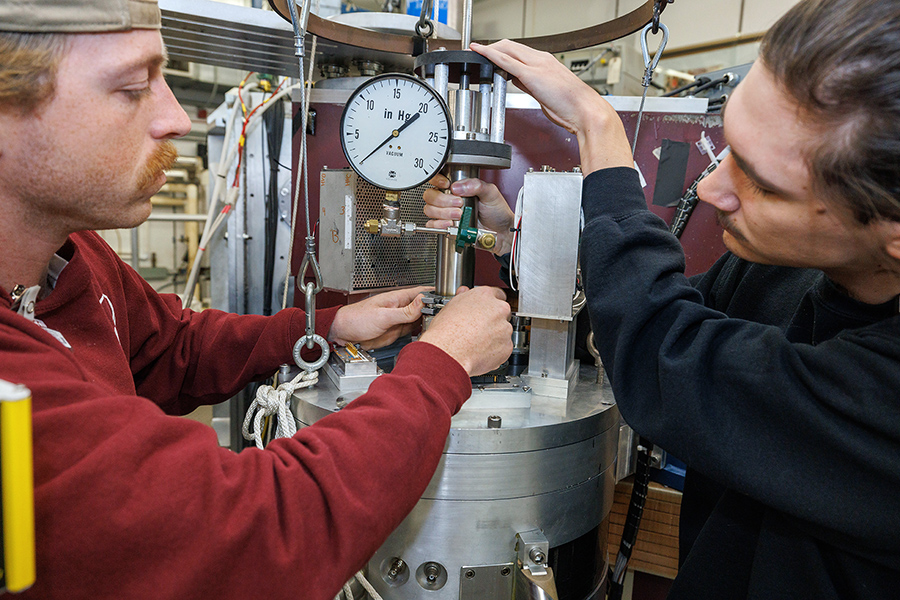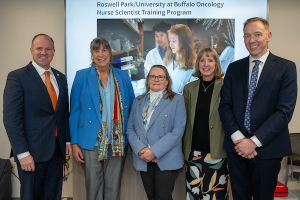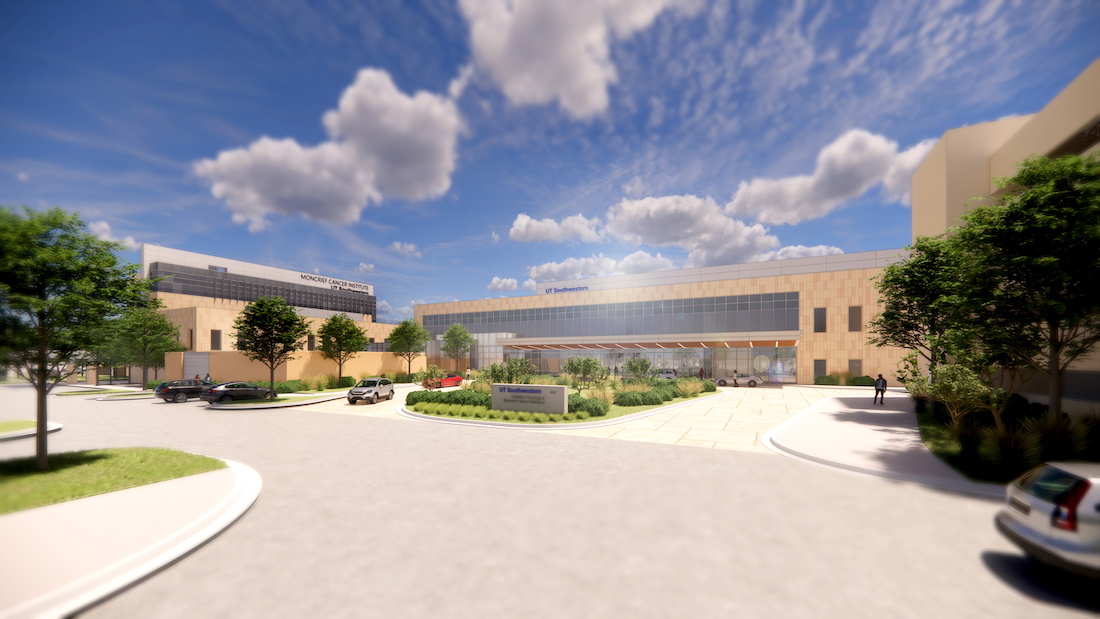Launched in 2015, the NIH’s 4D Nucleome Program is a collaborative research initiative aimed at better understanding how DNA is arranged within the cell’s nucleus in four dimensions (the three dimensions of space plus time) and how changes in that nuclear organization affect human health and disease.
Six separate but interrelated initiatives comprise the 4D Nucleome Program. The initiatives, led by 30 different research groups throughout the United States, feed into an organizational hub. The hub and a center within one of the five other initiatives are led by UC San Diego researchers.
“These grants mark phase two of our work,” said Bing Ren, PhD, professor of cellular and molecular medicine, member of the Ludwig Institute for Cancer Research and director of the Center for Epigenomics at UC San Diego School of Medicine. “The focus of the research has shifted from developing powerful technologies for exploring the 3D genome topology in mammalian cells cultured in vitro or in primary tissues in bulk to applying state-of-the-art technologies to complex tissues across development, species and cell types at single-cell resolution.”
Much of the new work will be conducted in the Center for Integrated Multi-Modal and Multi-Scale Nucleome Research, one of just four such centers in the country supported by the NIH’s Common Fund program. Among its collaborators are Xiaowei Zhuang, PhD, a Harvard University biophysicist and winner of 2018 Breakthrough Prize in Life Sciences for her invention of super-resolution imaging techniques to visualize small structures within living cells and Catherine Dulac, PhD, a Harvard neurobiologist and winner of the 2021 Breakthrough Prize in Life Sciences for her pioneering work examining the brain mechanisms behind parenting behaviors.
The genetic basis of most diseases is unknown. For those diseases for which specific genetic risk factors have been identified, most do not involve the part of DNA that codes for proteins. Instead, the majority of known genetic risk factors for disease are located in the non-coding regions of the human genome. A significant portion of these non-coding regions act to regulate exactly when and how certain genes are turned on or off. However, how everything functions in four dimensions is largely a mystery.
A major barrier to decoding the human genome, researchers said, is a lack of maps, models and tools to understand how transcriptional control sequences are spatially and temporally organized in the nucleus to regulate gene expression. The proposed research seeks to produce those necessities to understand more fully how genes underlie and affect disease.
4DN Center for Data Integration, Modeling and Visualization at UC San Diego
Approximately $6.5 million was awarded to UC San Diego to continue a 4D Nucleome Program initiative led by Ren; Zhuang and Dulac at Harvard University; Ed Lein, PhD, senior investigator at the Allen Institute of Brain Science in Seattle; Ana Pombo, PhD, Professor of Biology at Humboldt University and senior group leader at the Berlin Institute for Medical Systems Biology at the Max Delbrück Center for Molecular Medicine in the Helmholz Association; Mario Nicodemi, PhD, professor of physics at the University of Naples Federico II; and Ting Wang, PhD, a computational biology and professor of genetics, computer science and engineering at Washington University School of Medicine.
Co-investigators include Ming Hu, PhD, a biostatistician at Cleveland Clinic, and Margarita Behrens, PhD, a neuroscientist at Salk Institute for Biological Studies.
In this initiative, called the Center for Data Integration, Modeling and Visualization, the team will create a research center at UC San Diego that uses state-of-the-art high-throughput imaging, genomics and computational tools to study the nuclear organization in brain cells across development in both the laboratory mouse models and in humans with the goal to better understand the three-dimensional organization of mammalian genome.
4D Nucleome Network Organizational Hub at UC San Diego
Funding for a second phase of the 4D Nucleome Program organizational hub was awarded to UC San Diego’s Sheng Zhong, PhD, professor of bioengineering, with Shu Chien, MD, PhD, professor of bioengineering and medicine and Ren as co-investigators.
The 4DN Organizational Hub will coordinate and integrate the efforts of all the funded projects, build an efficient consortium infrastructure to serve as a center for the collaborative efforts, and provide the 4DN web portal as a central resource gateway to access all the 4DN-Network generated tools, policies, guidelines, protocols, reagents, cell lines, and serve as a central hub for the outreach activities.
The grants cited above are 1 UM1 HG011585-01 and 2U01CA200147-06, both from the NIH Common Fund.
###



